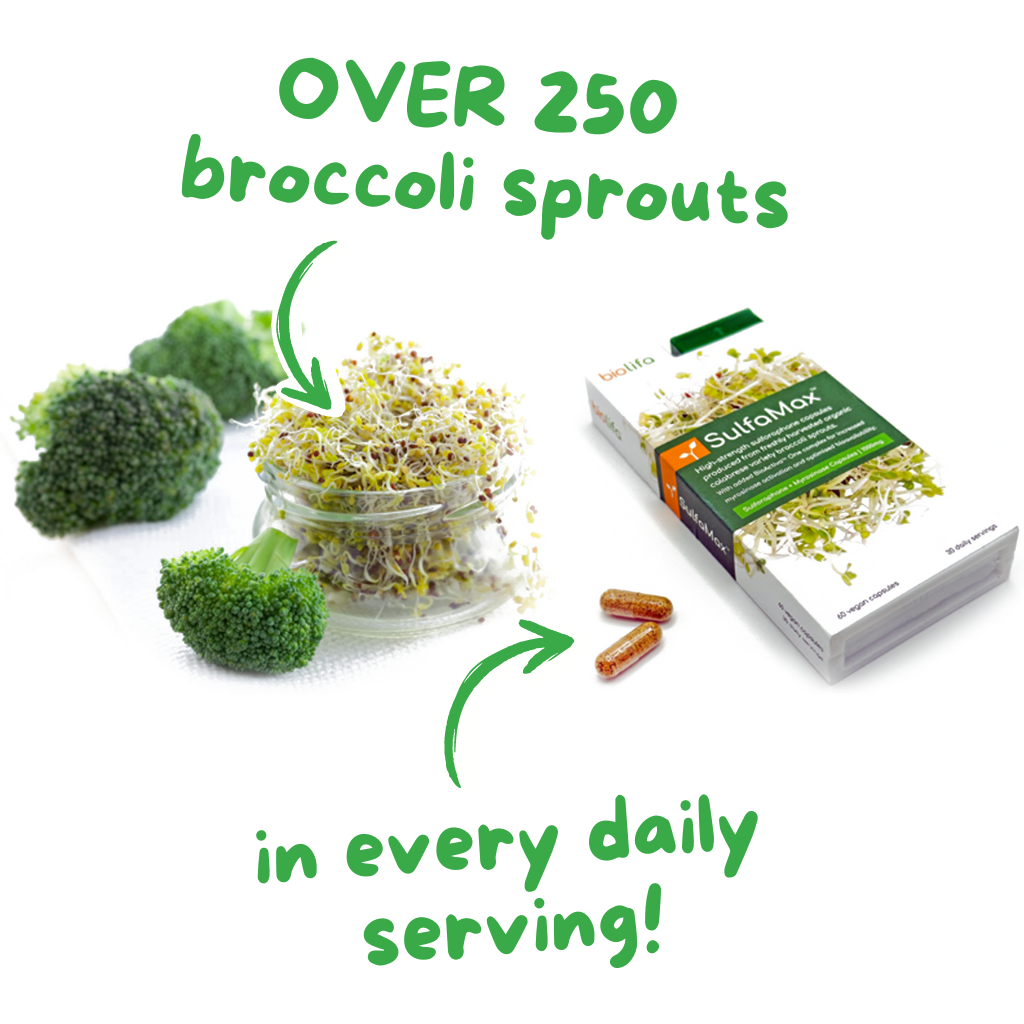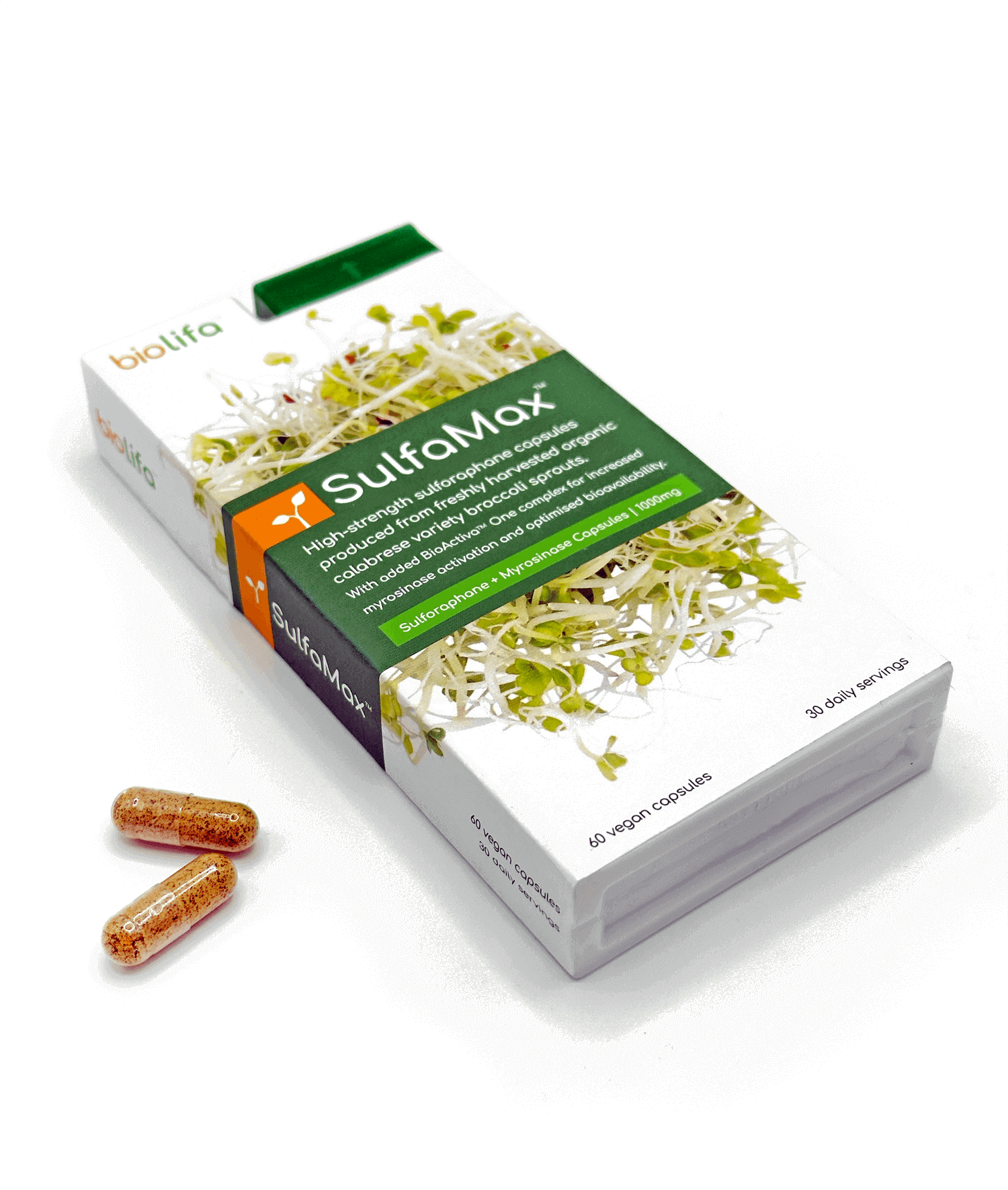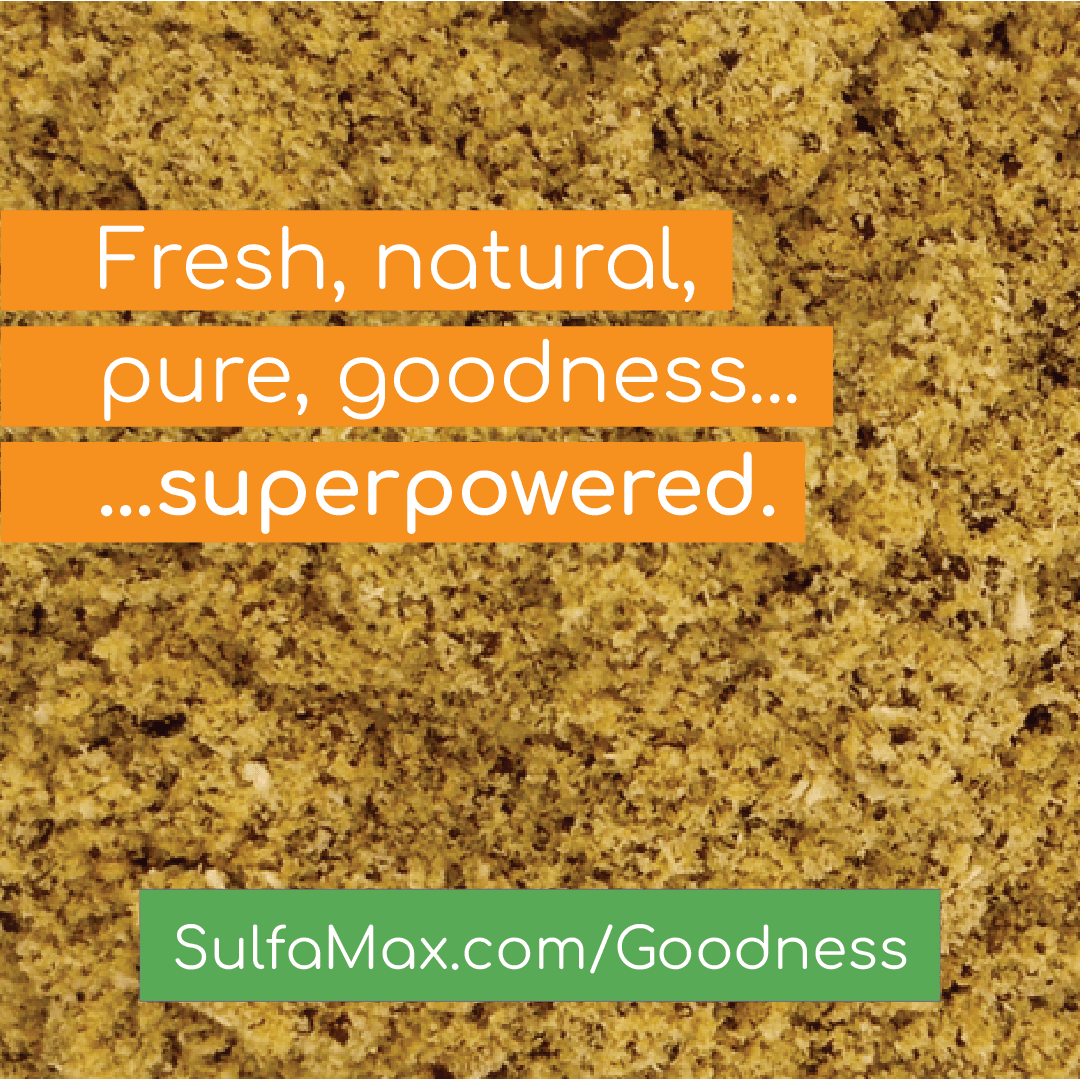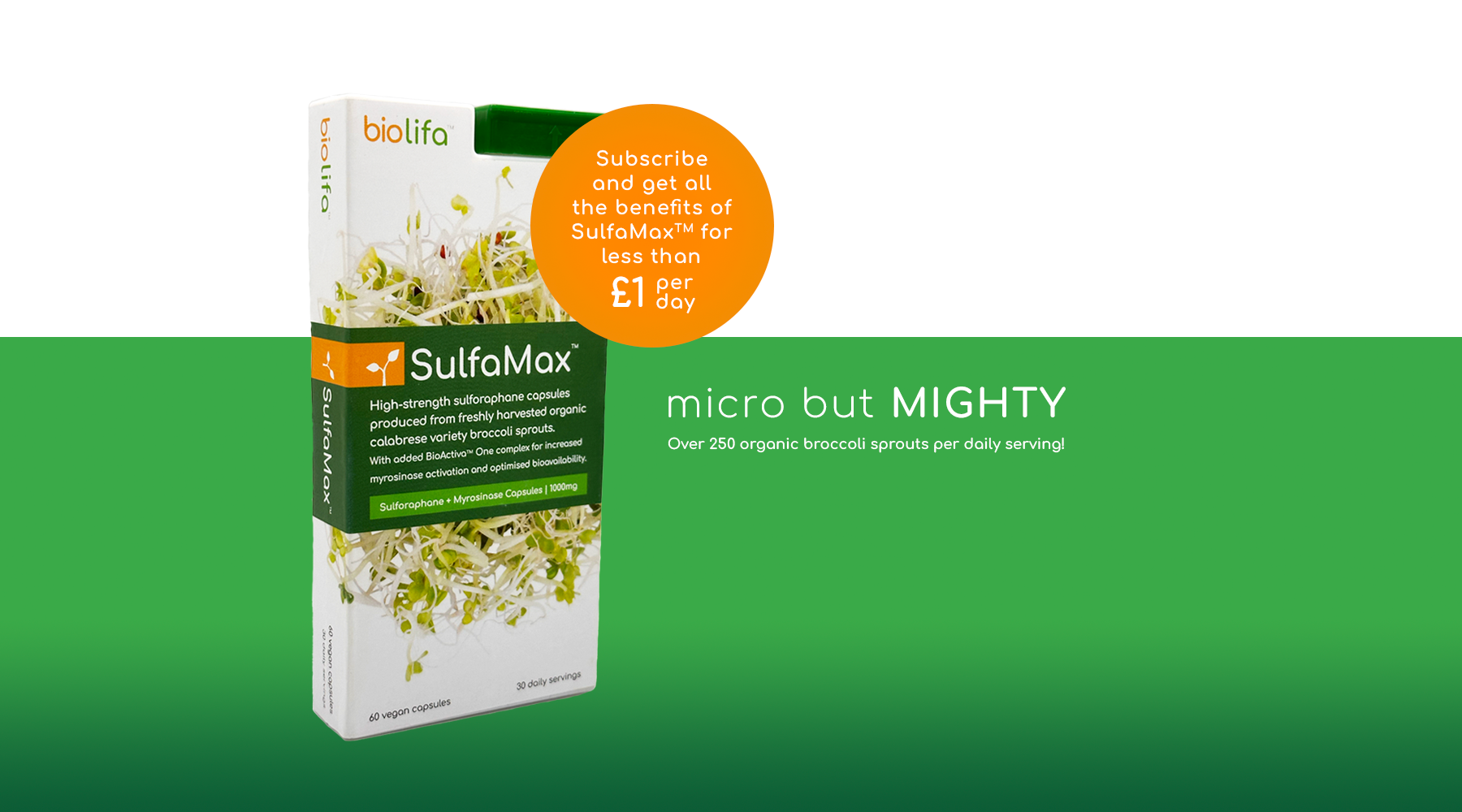What is Sulforaphane?
If you're looking for a natural way to boost your health and well-being, then you need to know about sulforaphane. This powerful compound is found in certain foods and has been shown to have incredible health benefits. But what exactly is sulforaphane?
Sulforaphane is a sulfur-rich compound that is found in cruciferous vegetables such as broccoli, cauliflower, kale, and Brussels sprouts. It is a potent antioxidant and has been shown to have anti-inflammatory, anti-cancer, and neuroprotective properties.
Why is Sulforaphane Important?
Sulforaphane has gained a lot of attention in recent years due to its potential health benefits. Studies have shown that sulforaphane can help to reduce the risk of chronic diseases such as heart disease, cancer, and neurodegenerative disorders.
One of the key ways that sulforaphane works is by activating a process in the body called Nrf2 pathway. This pathway helps to increase the production of antioxidants and detoxification enzymes, which can help to protect against oxidative stress and inflammation.
Which Foods Contain Sulforaphane?
If you're looking to incorporate more sulforaphane into your diet, here are some of the top foods to include:
1. Broccoli: Broccoli is one of the best sources of sulforaphane. To maximise the sulforaphane content, it's best to eat the young three day broccoli sprouts.
2. Cauliflower: Cauliflower is another cruciferous vegetable that is rich in sulforaphane. It can be enjoyed raw, roasted, or steamed.
3. Kale: Kale is not only packed with vitamins and minerals, but it also contains sulforaphane. Add it to your salads, smoothies, or sauté it with garlic for a delicious and nutritious side dish.
4. Brussels Sprouts: Brussels sprouts are not only cute little vegetables, but they are also a great source of sulforaphane. Roast them in the oven with a drizzle of olive oil and a sprinkle of sea salt for a tasty side dish.
5. Cabbage: Cabbage is not only versatile but also contains sulforaphane. Enjoy it in coleslaw, stir-fries, or fermented as sauerkraut for added health benefits.
If you want a quick, hassle free way to get broccoli sprouts into your diet on a daily basis - try our SulfaMax sulforaphane supplement which contains over 250 organically grown broccoli sprouts in each two capsule serving.
How to Maximise Sulforaphane Content
To get the most out of the sulforaphane in these foods, it's important to handle and cook them properly. Sulforaphane is formed when a compound called glucoraphanin comes into contact with an enzyme called myrosinase. To maximise sulforaphane production, follow these tips:
1. Chop or crush: Chopping or crushing cruciferous vegetables helps to release the myrosinase enzyme, which is necessary for sulforaphane production.
2. Allow time for reaction: After chopping or crushing, let the vegetables sit for 5-10 minutes before cooking. This allows the myrosinase enzyme to fully activate and convert glucoraphanin into sulforaphane.
3. Cook lightly: While cooking can reduce the sulforaphane content, lightly steaming or sautéing the vegetables can help to preserve some of the beneficial compounds.
Conclusion
Sulforaphane is a powerful compound that can have a significant impact on your health. By incorporating foods rich in sulforaphane, such as broccoli, cauliflower, kale, Brussels sprouts, and cabbage, into your diet, you can reap the numerous health benefits. Remember to handle and cook these foods properly to maximise the sulforaphane content. So, why not start adding these superfoods to your meals today and take a step towards a healthier, happier you?







